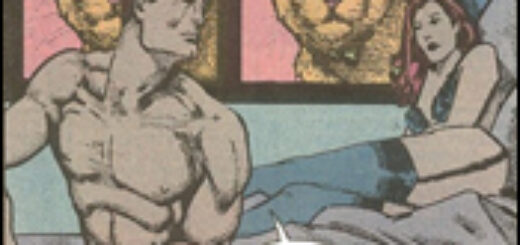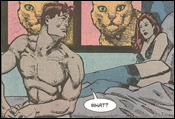Joe Kelly adapts “What’s So Funny About Trust, Justice & the American Way” into Superman vs. the Elite
 Award-winning comics writer Joe Kelly has crafted an engaging, thought-provoking, action-packed thriller in adapting his 2001 Action Comics #775 classic tale (“What’s So Funny About Truth, Justice & the American Way”) into Superman vs. the Elite, the latest DC Comics Premiere Movie.
Award-winning comics writer Joe Kelly has crafted an engaging, thought-provoking, action-packed thriller in adapting his 2001 Action Comics #775 classic tale (“What’s So Funny About Truth, Justice & the American Way”) into Superman vs. the Elite, the latest DC Comics Premiere Movie.
Produced by Warner Premiere, DC Entertainment and Warner Bros. Animation, the all-new, PG-13 rated Superman vs. the Elite arrives TODAY – June 12, 2012 – from Warner Home Video as a Blu-ray™ Combo Pack and DVD, On Demand and for Download. Both the Blu-ray™ Combo Pack and DVD will include an UltraViolet™ Digital Copy.
 In Superman vs. the Elite, Superman’s effectiveness as a super hero comes into question when a new group of super powerful crusaders, known as “The Elite,” appear on the scene. As super heroes, the Elite know no bounds, and are more than willing to kill, even on a massive scale, to stop villainy — putting them on a collision course with the ever-ethical and decidedly non-lethal Man of Steel.
In Superman vs. the Elite, Superman’s effectiveness as a super hero comes into question when a new group of super powerful crusaders, known as “The Elite,” appear on the scene. As super heroes, the Elite know no bounds, and are more than willing to kill, even on a massive scale, to stop villainy — putting them on a collision course with the ever-ethical and decidedly non-lethal Man of Steel.
“What’s So Funny About Truth, Justice & the American Way” was lauded by Wizard Magazine as the “Greatest Superman Story of All Time,” and the magazine ranked the epic tale at No. 21 on its list of the “Top 100 Comics of the last 30 years.” It is arguably Kelly’s masterwork from a career of notable comics, including such titles as Deadpool, Uncanny X-Men, Action Comics and JLA.
Today, Kelly is one-fourth of the comics-oriented quartet known as Man of Action Studios. The group are superstars in the comic and TV animation/action world already as the creators/producers and writers of the megahit, Ben 10. Their Ben 10 empire has generated over three billion dollars in sales based on their four television series and merchandising and now Joel Silver is producing a feature film adaptation of their creation. Ben 10, arguably the most successful youth brand and superhero franchise of the last decade, has also launched two live-action TV movies and is seen in more than 168 countries and 312 million households. Man of Action Studios also created Generator Rex, write/produce Ultimate Spider-Man on Disney XD, and they create/write/produce video games, TV shows, films, comic books, graphic novels, stage productions, etc. Joining Kelly at Man of Action Studios, which began in 2000, are renowned writers Duncan Rouleau, Joe Casey and Steven T. Seagle. The quartet are now in development/production on numerous TV and film projects including The Great Unknown, Kafka, Disco Destroyer and, of course, Superman vs. The Elite. They proudly have their own Man of Action imprint at Image Comics, where they continue to flourish in the creator-owned comics world.
 Kelly spoke about the creation of the film, the transition from page to screen, and his favorite scenes in a chat late last week. Here’s what the wordsmith had to say …
Kelly spoke about the creation of the film, the transition from page to screen, and his favorite scenes in a chat late last week. Here’s what the wordsmith had to say …
Question: For the uninitiated, what was the genesis for the original story of this comic?
Joe Kelly: The germ for the story really came from a very visceral reaction I had to a comic I was reading at the time – The Authority. It was a dark anti-hero comic. I really like the Authority and its characters, but there was an issue in particular that felt like it had pushed the boundaries of what makes a hero and what makes anti-hero. I found myself getting ‘fanboy mad,’ which I don’t normally get. We had an anniversary issue, and I asked Eddie (Berganza) if we could directly address those characters. I wanted Superman to take those characters on. And that became the germ for Action Comics #775.
 Question: As Action Comics #775 was a single issue, how much did you need to add to the story to make it a full-length film?
Question: As Action Comics #775 was a single issue, how much did you need to add to the story to make it a full-length film?
Kelly: We wrote a lot of new content for the film, and it was funny looking back at the comic because I forgot how much is discussed rather than shown. There’s so much going on between the panels. So it was very exciting to get to see the action sequences that were just hinted at. I’d always seen them in my head, now I get to see them played out in animation.
Question: What was the purpose of adding the Atomic Skull to the story
 Kelly: We knew we needed a villain or a character that would externalize Manchester Black’s argument against the revolving door jail policy. We wanted that parallel to be personal and easily identifiable. Originally it was the Parasite, but he’d been used in a recent previous film, so it became the Atomic Skull. And I really thought the Atomic Skull came out very cool. He worked well visually and for the story. Not having Parasite meant we lost a smidgen of the thematic approach – the Parasite really fit well in terms of his name and what he does to the people around him. But that’s just being picky.
Kelly: We knew we needed a villain or a character that would externalize Manchester Black’s argument against the revolving door jail policy. We wanted that parallel to be personal and easily identifiable. Originally it was the Parasite, but he’d been used in a recent previous film, so it became the Atomic Skull. And I really thought the Atomic Skull came out very cool. He worked well visually and for the story. Not having Parasite meant we lost a smidgen of the thematic approach – the Parasite really fit well in terms of his name and what he does to the people around him. But that’s just being picky.
Question: Do you have a favorite scene in Superman vs. the Elite?
Kelly: I’m especially proud of the quiet scenes. It’s very difficult to get quiet emotion in animation and to let the silence actually play on screen. But when you look at the quiet scenes in this film — Pa Kent and Clark on the porch, or Lois and Clark on the couch – those scenes really give us the chance to see Superman questioning himself with the people he trusts the most. And those scenes play beautifully in the film.
It’s like in one of my favorite scenes – just before the Elite takes over the airwaves and makes their grand announcement. I think it’s in the original, but it really came to life for me in the film. Lois and Clark are having a little debate, and he asks if she believes that criminals deserve the Elite’s sense of justice and punishment. And she says “Some days I think they do.” That’s just like a punch in the gut. It’s really an awesome scene, especially because it’s one of those moments in animation that you don’t expect. The big battle with the Atomic Skull is pretty great, too. And the finale is awesome. But I love the quiet moments.
 Question: Whose sense of justice do you side with: the Elite or Superman?
Question: Whose sense of justice do you side with: the Elite or Superman?
Kelly: I’m definitely more in the Superman camp. There are plenty of people I get angry about, and the eye-for-an-eye mentality does flash though my head. I think it does for anybody. But at the end of the day, I do believe we need to aspire to higher ideals. Maybe I’m being naïve, and I may not be able to achieve those ideals myself, but we must make the attempt. You’ve got to try. My dad was a cop and he had very strong opinions about this stuff, but he would straddle the line. He had his days when he’d think “kill them all and let God sort them out,” but there were far more days where he believed that the law is the law, even if its broken, and we live in the best country on Earth because of those laws. So that definitely informed my weird sense of justice.
Question: Did the voices of the actors portraying these characters match the voices in your head while writing the film?
Kelly: The voice acting is so good in this film. Robin (Atkin Downes) is such a good Manchester. He’s got all the snark and all the personality, and his line deliveries are so spot on for that guy. It’s funny because everybody says the same thing: you can’t do an actual Manchester accent and expect to be understood, but Robin’s modified Mancunian accent is awesome. And understandable. The rest of the Elite’s voices are perfect: Menagerie is scary and sexy; Coldcast wears his “angry man” on his sleeve; and everyone giggles when The Hat comes on. I can’t say enough about George (Newbern) – I had heard his acting before, and he does such a great Superman. It’s terrific to see George portray the range of emotion he gets to do in this story. And Pauley (Perrette) so knocked it out of the park – I was immediately in love with Lois. Pauley gets all the smarts of the character. The two of them as a partnership really comes across, which is critical to the story. Lois keeps Clark grounded, and she’s literally the only one that can tug on Superman’s cape. Lois can bust his chops, and that comes through in Pauley’s voice. She’s terrific in the quiet moments, as well. Pauley sells it all so, so well.
Question: Are there other stories you’ve written as comics that you could see adapting to animation?
Kelly: In the DC realm, I’m very proud of Justice League Elite because the characters that pick up from this story are darker and very layered. It’s all about how messy you can get before you become a monster. I love that theme. If we could ever pull off Justice League Obsidian Age, that would be amazing – it’s just an insane, gigantic epic, and to see those characters animated would be incredible.

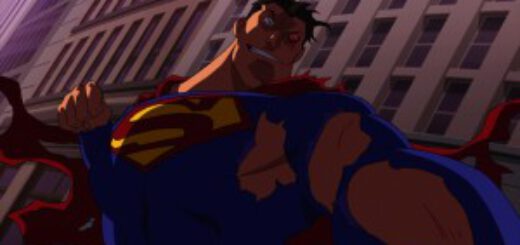
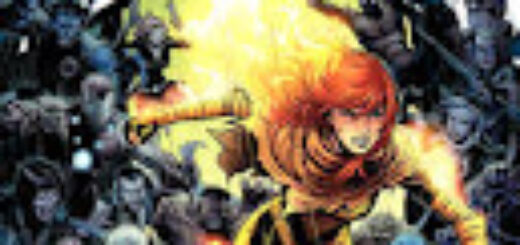
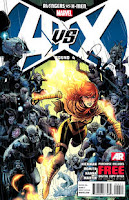

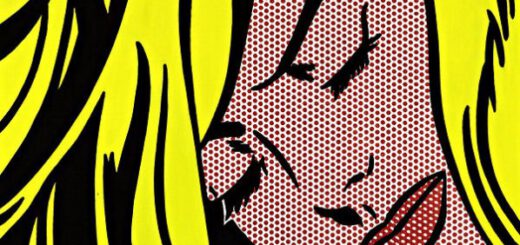

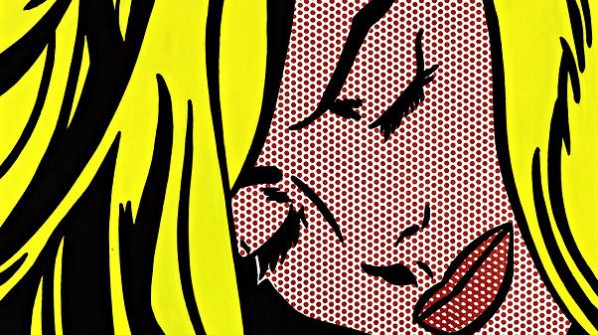
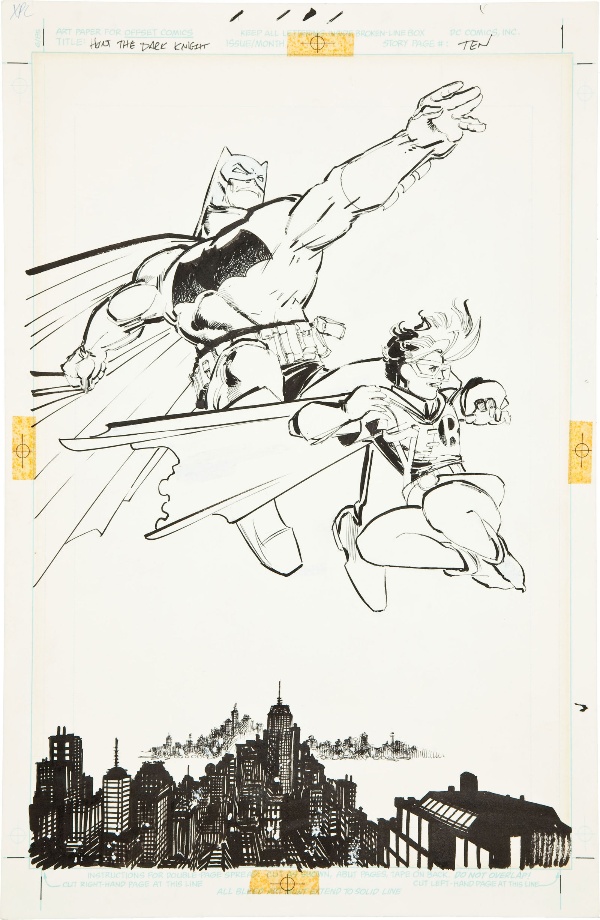
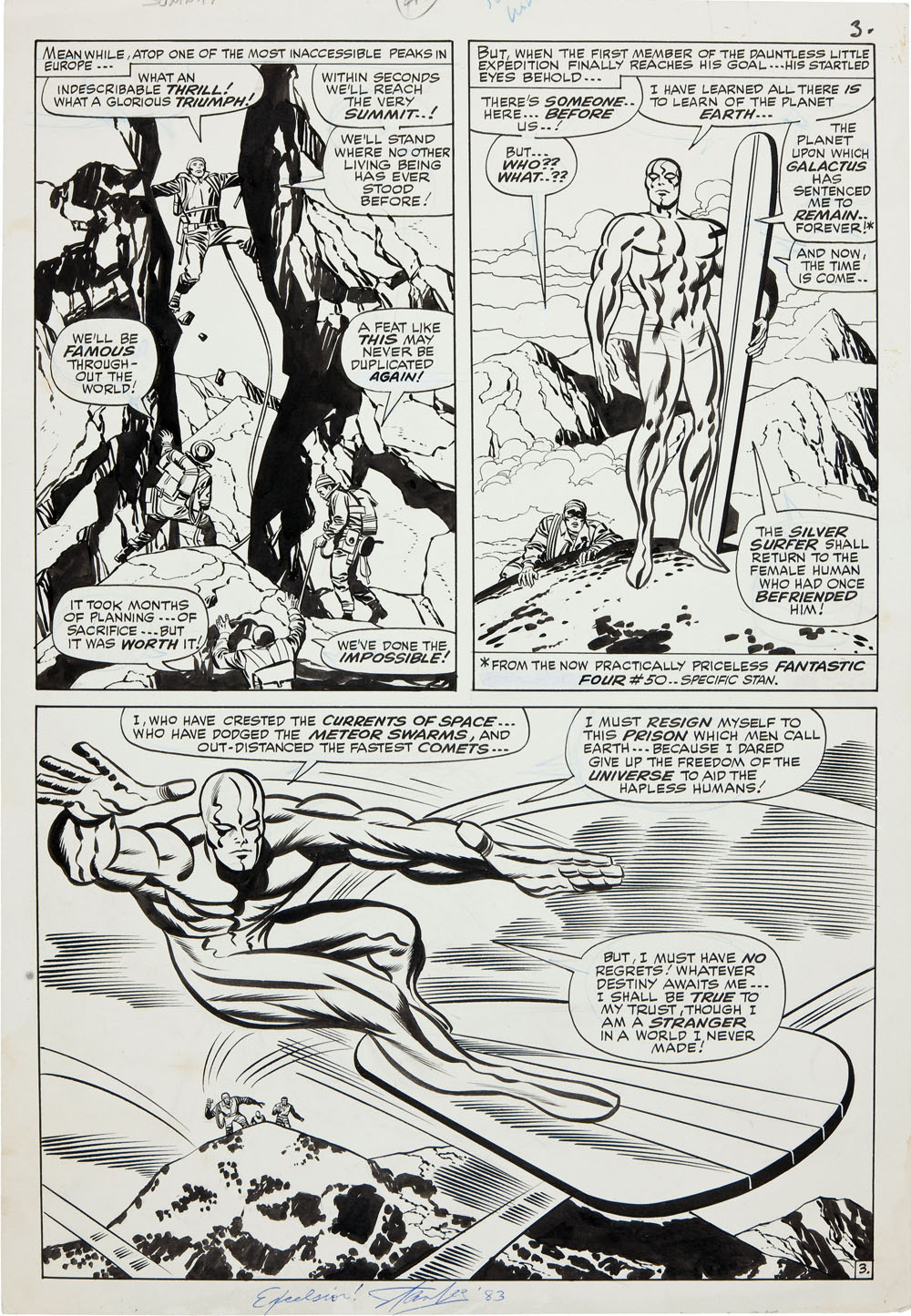
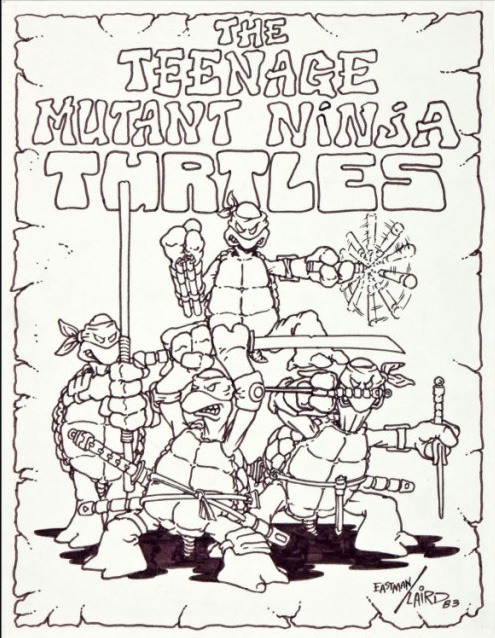
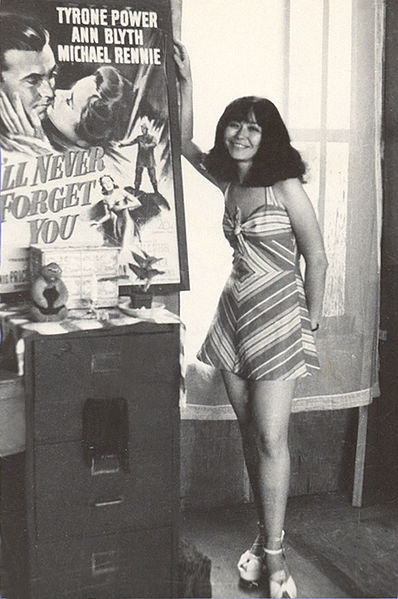

 Today more and more comics are being created digitally and hard copy originals don’t even exist. The work and creative talent that goes into creating a comics page is once again being trivialized as an unfortunate part of the process. Instead of ‘old wood’ it is now just a collection of magnetic data hogging up a hard drive, facing obsolescence with the next wave of new technology.
Today more and more comics are being created digitally and hard copy originals don’t even exist. The work and creative talent that goes into creating a comics page is once again being trivialized as an unfortunate part of the process. Instead of ‘old wood’ it is now just a collection of magnetic data hogging up a hard drive, facing obsolescence with the next wave of new technology.
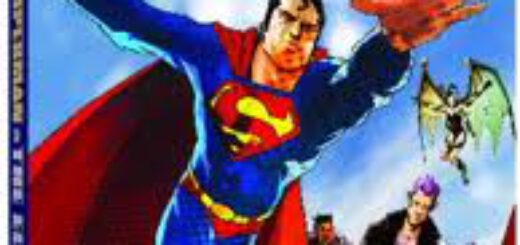
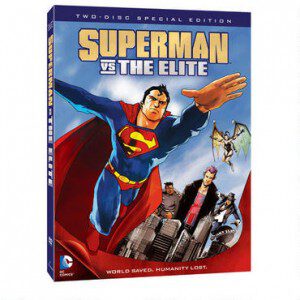




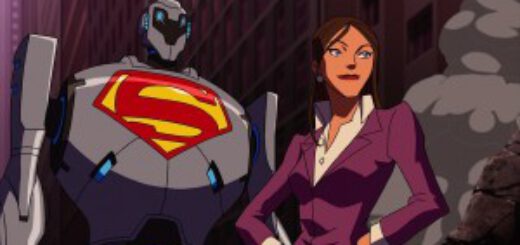




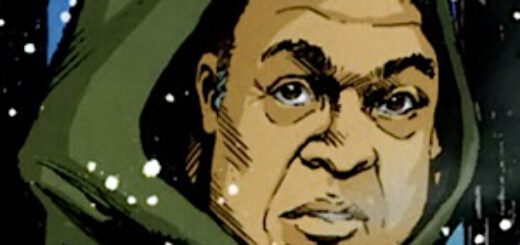
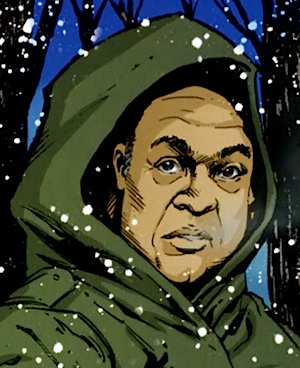


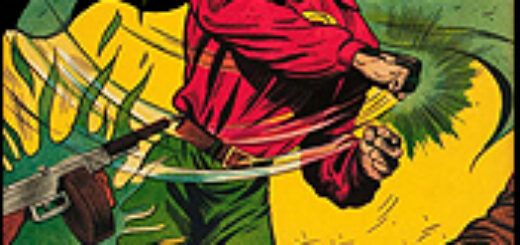
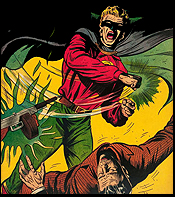
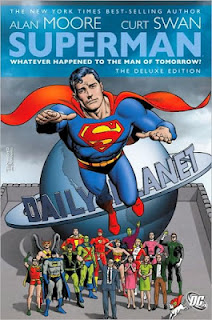 If you know this story at all, you know the quote: “This is an imaginary story…aren’t they all?” That would be true but trite if it weren’t for the fanatical identification of the superhero reader with his favorite characters — and, even more so, with the continuity of their stories. When “
If you know this story at all, you know the quote: “This is an imaginary story…aren’t they all?” That would be true but trite if it weren’t for the fanatical identification of the superhero reader with his favorite characters — and, even more so, with the continuity of their stories. When “